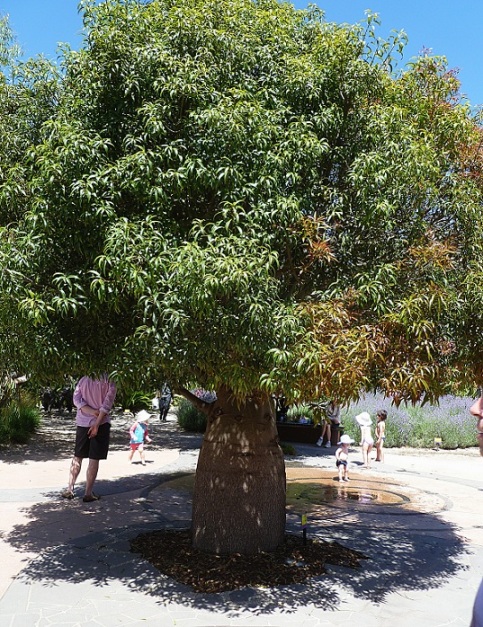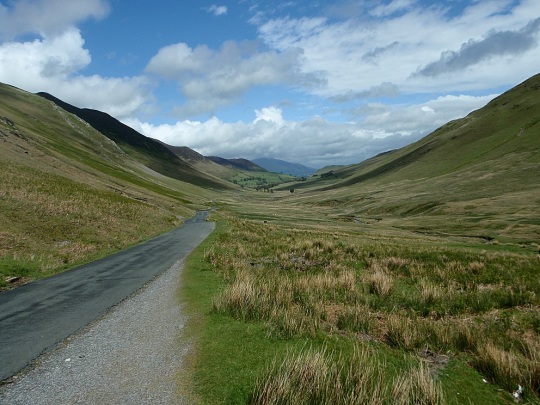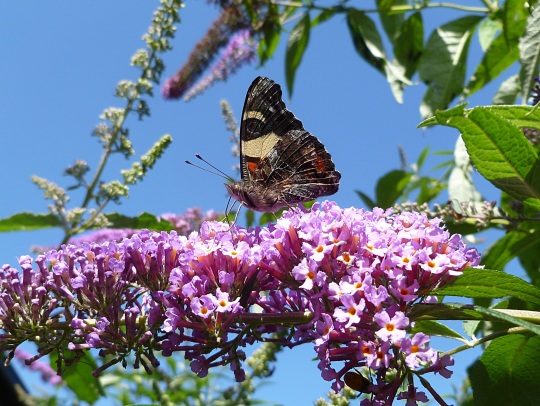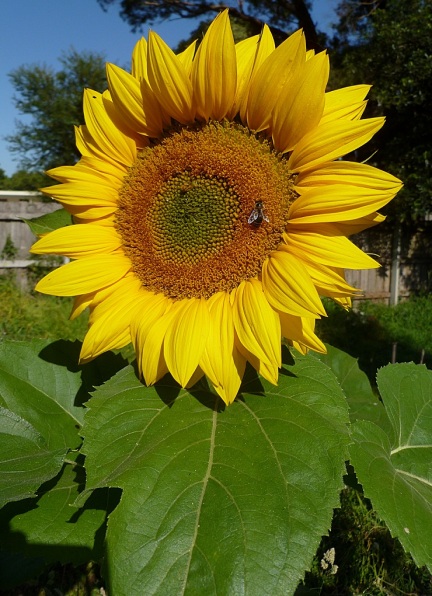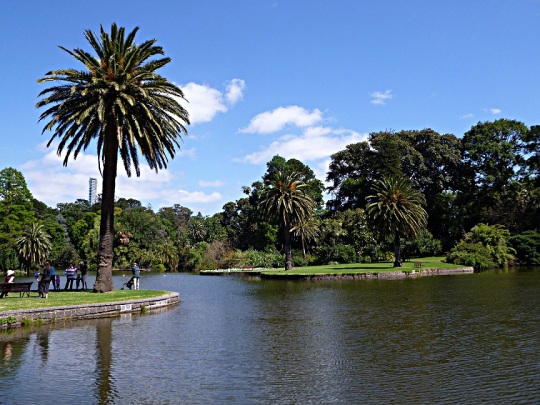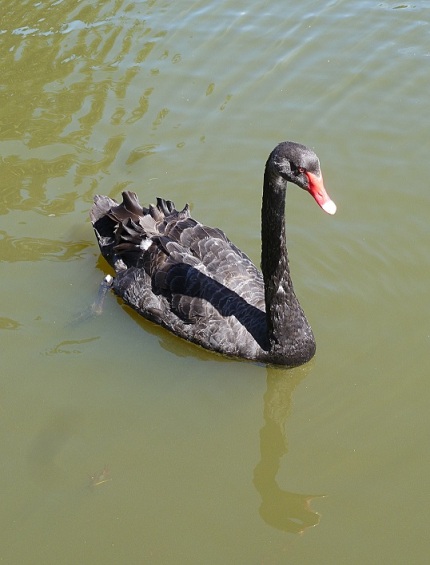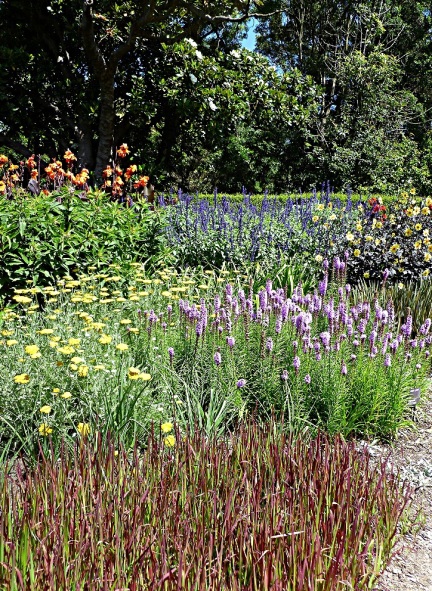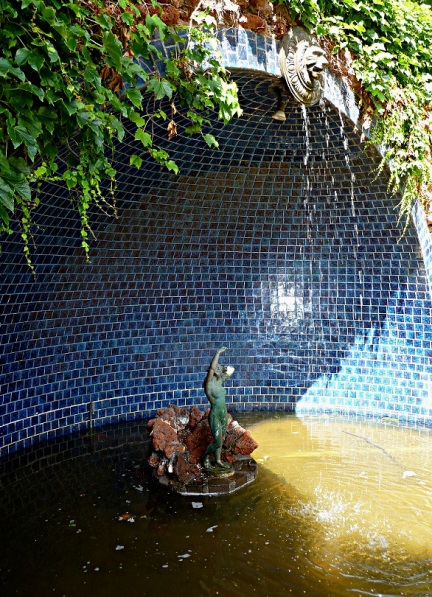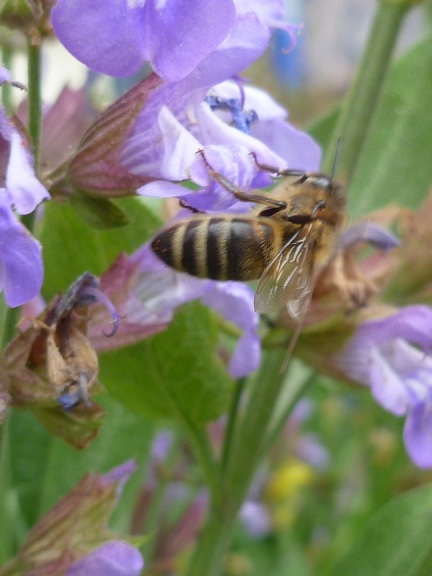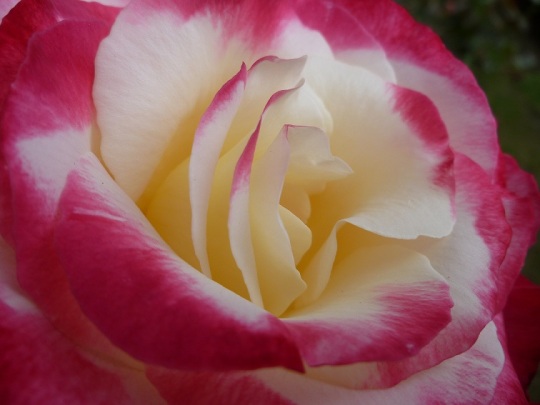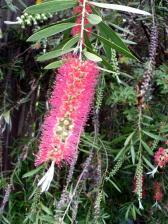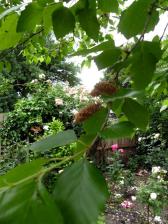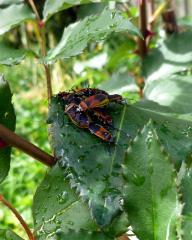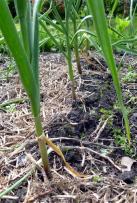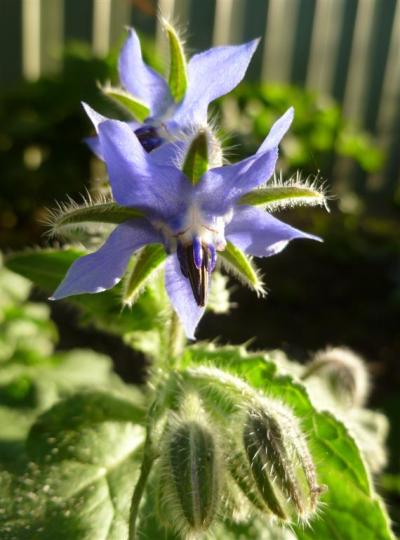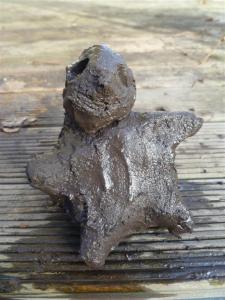Harlequin bugs or Dindymus versicolour have been a spring and summer problem in my garden for a while now, but with good spring and summer rain this year they are doing a little too well. It seems they are playing havoc in a lot of local gardens right now as some of the most common searches that bring people to my blog involve variations on; dindymus, harlequin bug and ”Little red bug eating my plants”.
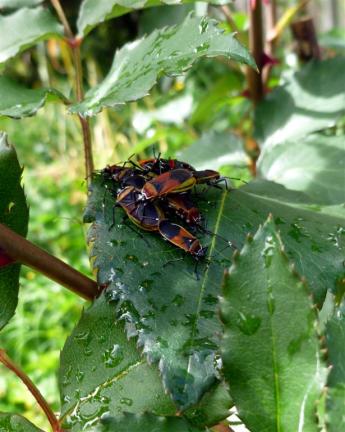
Adult Dindymus versicolour clustered on a rose leaf.
I’m also happy to say that I’ve learnt a think or two since I first naively posted about this little bug.
It wasn’t that long ago that I thought the Harlequin Bug was kind of attractive in its little soldier’s red coat and thought it was probably harmless. After all, I could see that it was the caterpillars and the katydids that were doing the most obvious damage in the garden.To my own disgrace I later learnt that immediately obvious does not necessarily mean most significant. This is because Dindymus is a sneaky little sap sucker.
But I am surprised to find that there is still not a lot of information readily available about these bugs on the net, at least not in an easy to understand format in relation to gardening. Much of what I can find is either quite scientific or more people asking what they are and how to stop them eating their plants.
So, I thought I’d put together a collection of the bits and pieces that I have learnt. I am no scientist, so if anyone can see that what I’ve said is factually incorrect, please feel free to point it out! Additional references would be great too.
Identification
The Harlequin Bug I am referring to here is Dindymus versicolour and it is an Australian native. It is listed as a native pest species on the PaDIL biosecurity website found in NSW, Victoria, South Australia and Tasmania. Because the common name is the same, it has been mixed up with Murgantia histrionica from Mexico. Both are of the Hemiptera order. Dindymus versicolour is of the sub order heteropter, which is the ‘true bugs’. Some more information about this order of insects can be found here at the CSIRO website .

Mating pair and a young harlequin bug on a sunflower.
The photos give you an idea of their general appearance with black, red and orange/yellow making up their distinctive ‘harlequin’coat. Their undersides are a pretty green, sometimes with some yellow. However, there may be some colour variation.
The female is the larger of the species and they couple end to end while mating. Very young ones may just be red with a black spot and a little white around the margins. At a very cursory glance they can be mistaken for a ladybug.

Young harlequin bugs on a rose leaf.
Behaviour
For anyone looking at these little bugs in the garden and wondering if they are a potential problem or not the answer is a resounding ‘Yes!’
The Harlequin bug does not take great big obvious bites out of anything, it hides and sucks the life out tender stems (and fruit). Look for stem damage and wilting flower buds and fruit. In my garden I have observed them in greatest numbers on Callistemon, Australian native hibiscus, nasturtium, tomatoes, and hollyhocks. They have also been in numbers on sweetcorn, sunflowers, sage and roses.

visibly damaged tomato stems and one of many harlequin bugs from last summer.
These are one of the few bugs to actively hide from potential predators. If you watch them carefully you will notice that when they are not feeding they will stay in sheltered positions. If they are caught out in the open they will dive behind leaves and stems as you approach. They don’t go far and sneak back out when you stop moving.
One or two bugs on their own won’t do much harm, but the sad reality is that this is often not a bug that comes in ones or twos. Not for long if you plant a tasty crop anyway. In numbers they can overwhelm tender plants, particularly nice juicy ones having a growth spurt.
Predators
I can’t find much information on the subject of predators. I haven’t observed anything eating these bugs and given the quantities they appear in, it seems natural predators don’t readily keep them in check. I think the question of predators is an interesting one. As they are a native species I would think something out there would have evolved to think they are tasty. Or have we wiped out their natural predators? This is a subject I’d like to learn more about!
Control
I avoid spraying with chemicals but these bugs have a tough protective coated shell which means that they can resist most sprays anyway.
The only sure-fire way I learnt to deal with them was thanks to ‘Gardening Australia’ and is surprisingly quite simple. It’s ordinary dish washing liquid mixed with water…or in the classic words of former presenter Peter Cundall:
“…you’ve discovered the supreme Australian pest, the harlequin bug. I call them “B doubles”, the way they get around when they’re courting. How can you kill them, because they’re covered with a kind of a wax, and that actually repels normal sprays. The answer, believe it or not, is to get the cheapest possible detergent and make a very strong solution with water and spray it on the clusters in the morning when they’re out in the sun. It gets into their breathing tubes at the sides of their, body blocks them up and they are so brilliantly dead.”
From ‘Gardening Australia’ TV show episode 39 transcript.
I prefer to make up the solution in a small bucket and pick them off if I can so I don’t accidentally get other insects with the spray, but sometimes I will spray if they are looking to be getting really out of control. So I make sure that the detergent I am using is as environmentally friendly as possible so that any residue if I do spray is not causing further problems.
Happy gardening, I hope your good bugs and many and your pest bugs few!
Heidi









